The Central Bank of Sri Lanka (CBSL) subscribed to Treasury bills (T-bills) amounting to Rs. 90 billion in January 2019 at the request of the Treasury to assist financing needs of the government due to the delay in receiving expected foreign currency financing arrangements as envisaged in the Treasury’s cash flow for the month of January 2019. The Monetary Board has acceded to the Treasury’s request in the national interest and under exceptional circumstances.
Having reviewed the macroeconomic consequences of subscribing to T-bills by the CBSL, the Government has agreed to reverse part of the transaction in February and the balance during the first quarter of 2019 once the Government's borrowing programme is brought back on track with realisation of expected financial arrangements.







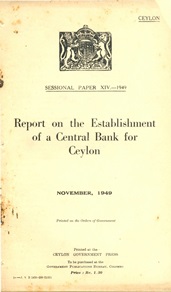
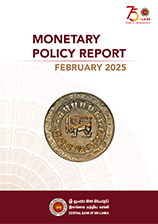
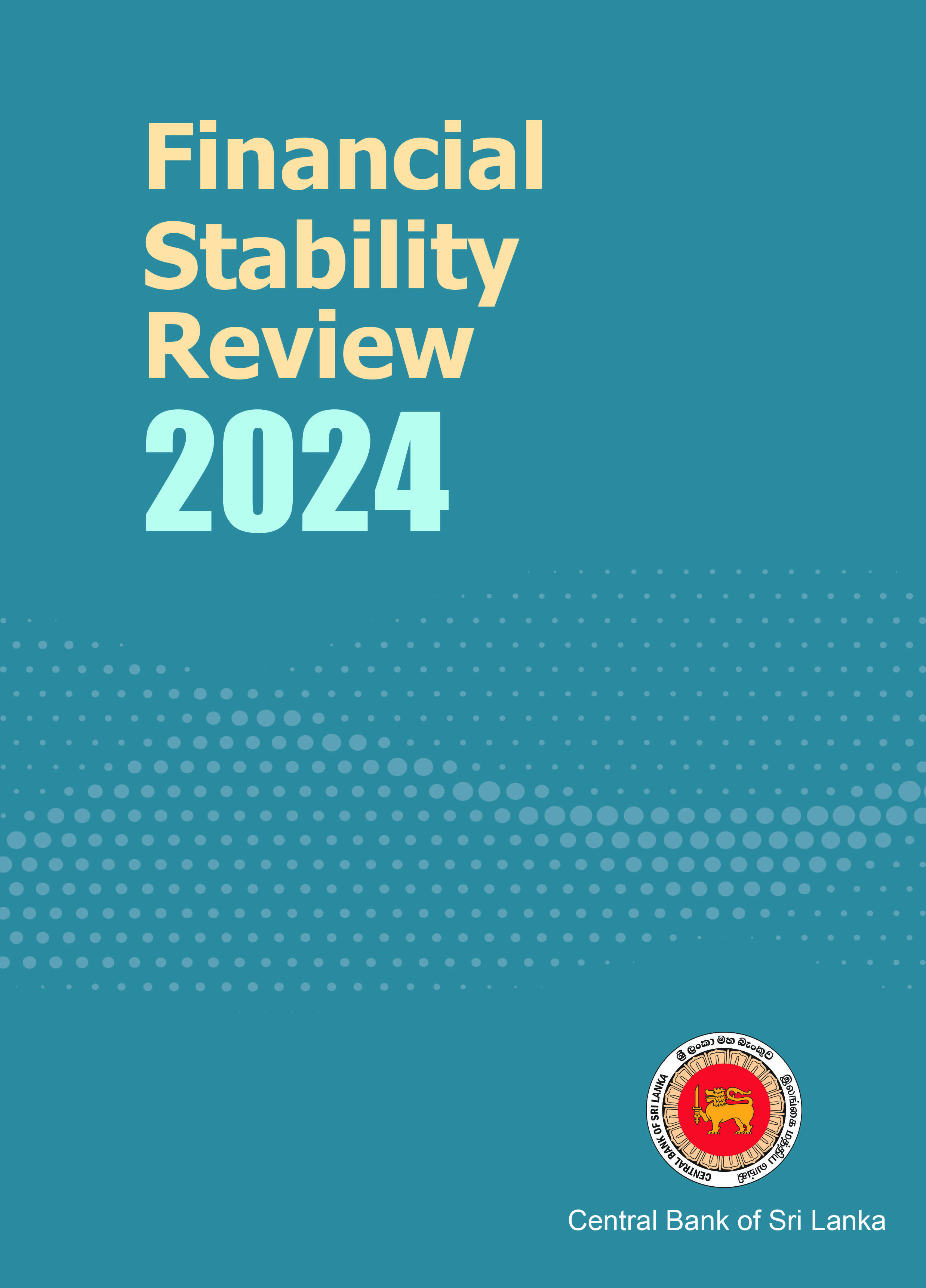
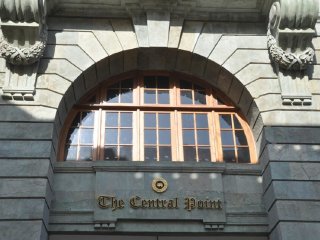
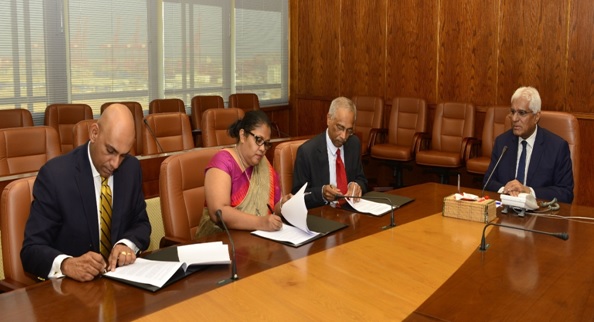 The Central Bank of Sri Lanka (CBSL) entered into a Memorandum of Understanding (MoU) with the Securities and Exchange Commission of Sri Lanka (SEC) and the Insurance Regulatory Commission of Sri Lanka (IRCSL) on 31 December 2018 at CBSL, to conduct effective consolidated risk-based supervision and for CBSL to be the lead supervisor in this regard.
The Central Bank of Sri Lanka (CBSL) entered into a Memorandum of Understanding (MoU) with the Securities and Exchange Commission of Sri Lanka (SEC) and the Insurance Regulatory Commission of Sri Lanka (IRCSL) on 31 December 2018 at CBSL, to conduct effective consolidated risk-based supervision and for CBSL to be the lead supervisor in this regard.